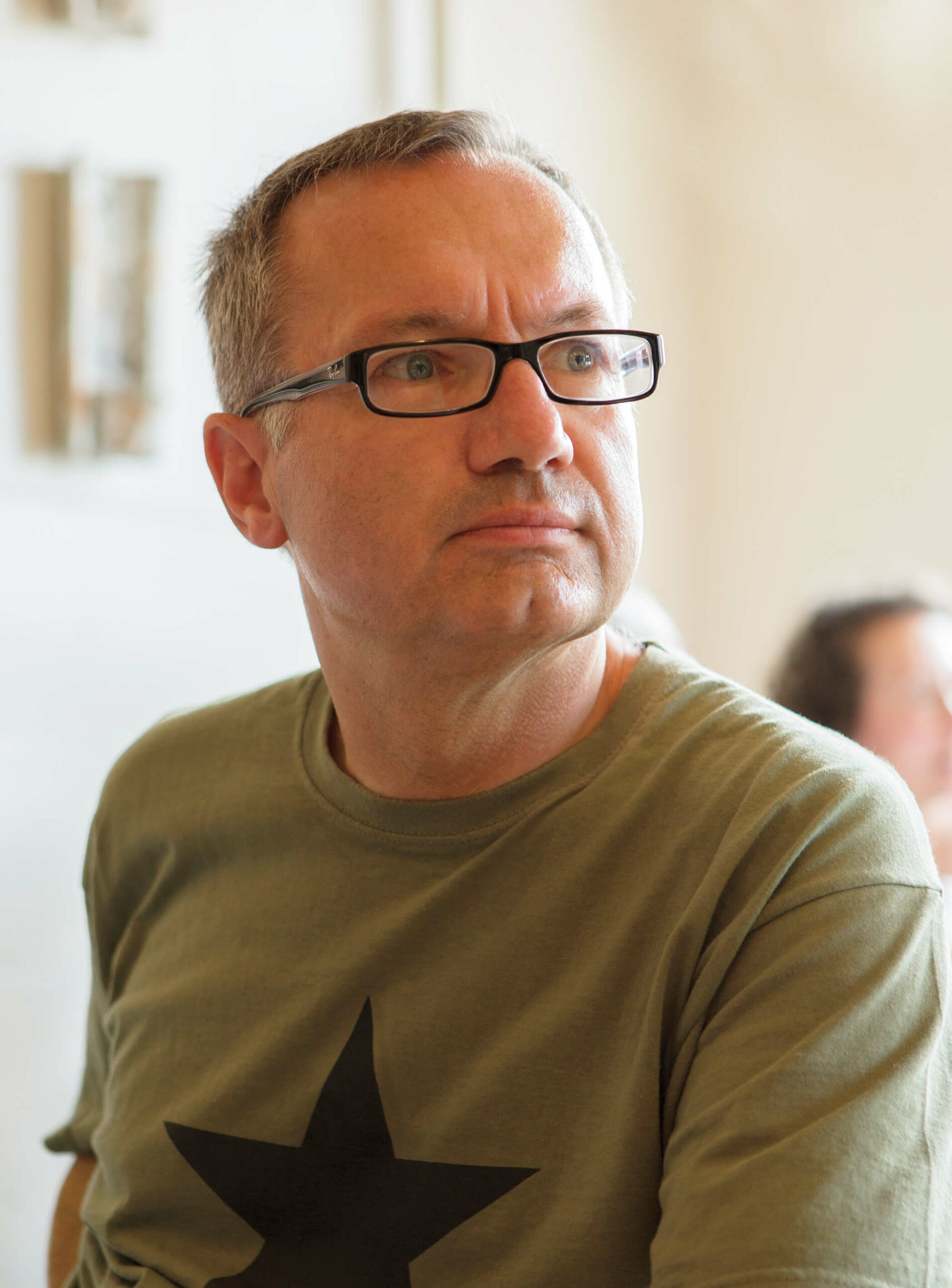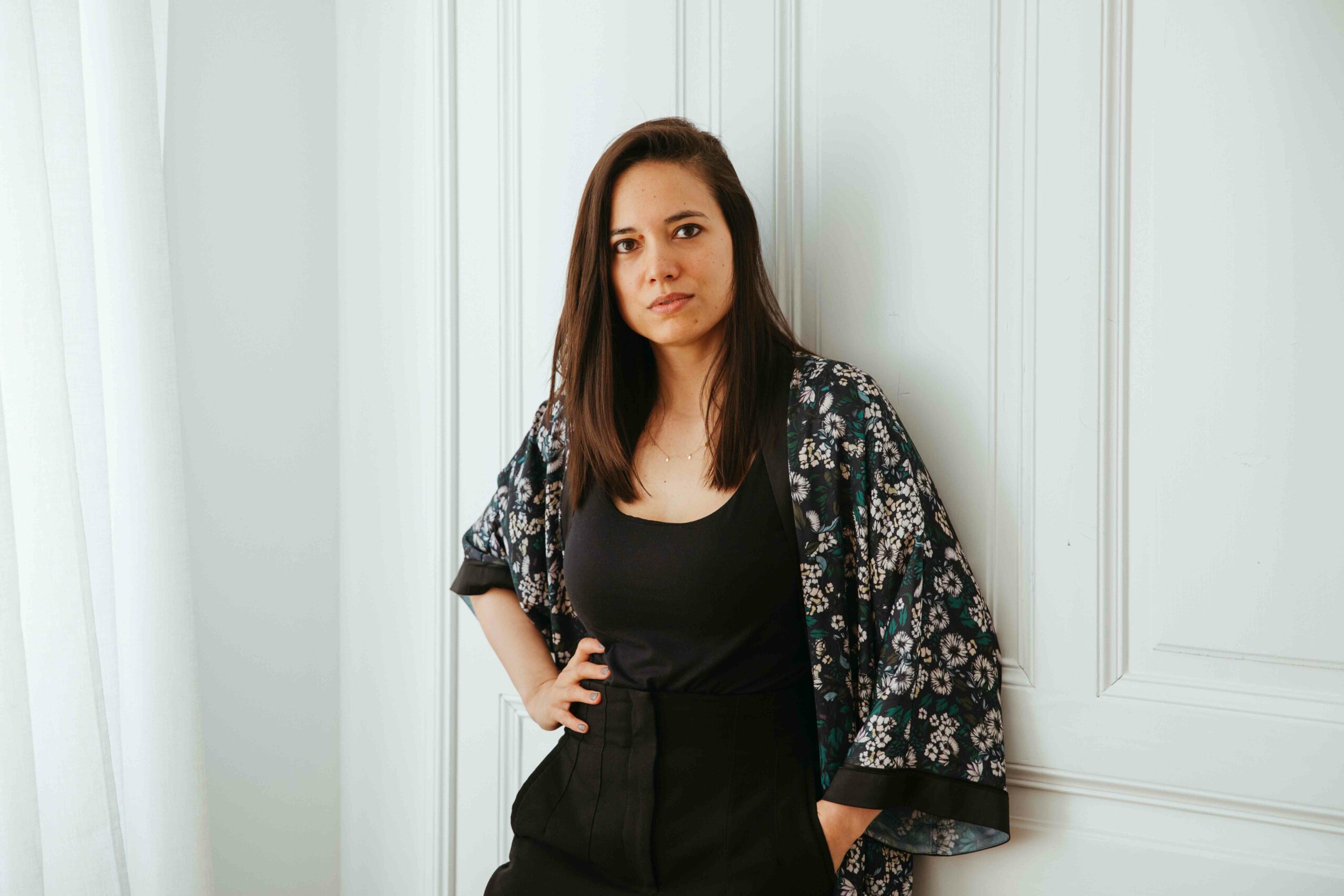Discover our successful CMD/TMJ therapy approaches. Schedule a consultation and take the first step towards well-being.


CMD therapy stands for the treatment of Craniomandibular Dysfunction, a disorder affecting the jaw joint and masticatory muscles. This dysfunction manifests through symptoms such as jaw pain, headaches, ear noises, or difficulty opening and closing the mouth. CMD can result from various causes, such as dental misalignment, stress, prolonged poor posture, or injuries.
CMD therapy encompasses various approaches tailored to the patient’s specific needs. Treatment methods include manual therapy techniques to relax and stretch the masticatory muscles, exercises to strengthen and coordinate the jaw muscles, and measures to improve jaw joint function. CMD therapy is often conducted interdisciplinary, involving dentists, physiotherapists, and, if necessary, psychologists, to holistically address the various aspects of the dysfunction.
At ANDRUKONIS Physiotherapy, we offer a wide range of specialized therapy methods. We emphasize a family-like atmosphere and high-quality therapy. Our dedicated team of experienced physiotherapists currently consists of nine therapists, including those passionately specializing in highly specialized CMD therapy (Craniomandibular Dysfunction). This provides the advantage of personal care and the availability of direct contacts for questions and your individual concerns.
CMD therapy is characterized by a holistic approach that not only aims to alleviate symptoms but also addresses the causes of Craniomandibular Dysfunction to ensure sustainable and individualized treatment. We believe that the combination of the highest therapy quality and a family-like, inviting atmosphere distinguishes us as a health center.

Our practice boasts good public transport connections and personal care. The friendly team and warm atmosphere ensure that patients feel well cared for both medically and personally. With a green courtyard, wood elements, and pleasant lighting, the practice provides a relaxing environment. The receptionists work closely with the therapists for effective communication and enhanced patient well-being.
Our CMD therapists are highly specialized experts with extensive experience and numerous training sessions in the treatment of Craniomandibular Dysfunction (CMD) and manual therapy. Therefore, the prices for CMD therapy differ from the standard rates of physiotherapy to reflect the special qualifications and specialized treatment methods of our therapists.
Despite the differentiated pricing, reimbursement by health insurance follows the same process as for regular physiotherapy, so our patients are subject to the same reimbursement rates.
The numerous positive feedbacks from our customers testify to the outstanding quality of our CMD therapy and underscore the professional approach of our therapists. These testimonials reflect our commitment to providing knowledgeable and individually tailored treatment that significantly contributes to alleviating symptoms and enhancing our patients‘ well-being.





Trustindex überprüft, ob die Originalquelle der Bewertung Google ist. Die allerbeste & kompetenteste Adresse für physikalische Beschwerden!!🥳🥳🫶👍👍🙏mir wurde bei Schmerzen nach HWS OP gleich beim ersten Termin dermaßen professionell, freundlich & kompetent von Akos geholfen!!👏👏👏👍👍👍TOP!!! Vielen Dank🙂🙏🙏Trustindex überprüft, ob die Originalquelle der Bewertung Google ist. Sehr schnell und unkompliziert einen Termin erhalten! Sehr freundliches Personal und eine großartige Betreuung!Trustindex überprüft, ob die Originalquelle der Bewertung Google ist. Eine sehr empfehlenswerte Praxis!!! Mitarbeiter sowie Therapeuten vereinen Freundlichkeit, Service & Top Beratung in einer hellen und angenehmen Praxis. Wohlfühlatmosphäre vom Feinsten!Trustindex überprüft, ob die Originalquelle der Bewertung Google ist. Really goodTrustindex überprüft, ob die Originalquelle der Bewertung Google ist. Ein sehr angenehmer, Lichter Ort und vor allem überaus freundliche und kompetente BehandlungTrustindex überprüft, ob die Originalquelle der Bewertung Google ist. I am very satisfied with this physiotheropathy practise. I was looking for an english speaking practise and i am glad to have found ANDRUKONIS. The recepition is very welcoming and the waiting area is clean and bright. Ines is an excellent physio, really able to target my issue and give the right excerises and training to elevate my issue. She was very professional and definately cares about your issues. I can really recommend this practise to anyone with physio issues.Trustindex überprüft, ob die Originalquelle der Bewertung Google ist. Hatte mit Anna eine wunderbare Therapeutin (Hausbesuch) die ich jeden nur empfehlen kann !
Headaches and migraines are common symptoms of CMD, often caused by tension in the jaw and surrounding muscles. These headaches typically manifest in the forehead, temples, or back of the head and can extend to the neck. They frequently occur in conjunction with other CMD symptoms such as jaw pain and can vary in intensity from dull, constant aches to throbbing, migraine-like pain. These headaches can be exacerbated by stress, poor posture, or bruxism (teeth grinding) and often impair the daily activities of those affected.
Jaw pain is a primary symptom of Craniomandibular Dysfunction (CMD) and can manifest as persistent or intermittent pain in the jaw joint area. This pain may intensify with chewing, yawning, or speaking. It can be felt on one or both sides and often radiates to surrounding areas such as the ears, cheeks, or temples. Jaw pain in CMD can range from mild discomfort to severe impairment, significantly affecting the daily life and quality of life of those affected.
Ear pain and tinnitus are other common symptoms of Craniomandibular Dysfunction (CMD). These symptoms arise from the close anatomical and functional relationship between the jaw joint and the ear area. Ear pain in CMD is often described as dull and pulling, radiating to the jaw and face. Tinnitus, a ringing or buzzing in the ear, can also occur. These symptoms are typically not associated with a direct ear condition but reflect tensions and dysfunctions in the jaw area. They can be intermittent or constant and vary in intensity, significantly impacting the quality of life of those affected.
Dizziness and balance disorders are also common symptoms of CMD. These occur when dysfunction of the jaw joint impairs normal head and neck positioning, affecting the balance system. Patients often report a feeling of unsteadiness when standing or walking, or a sensation that the environment is spinning or swaying. These symptoms can be exacerbated by movements of the head or jaw. Dizziness in CMD can be episodic or persistent and often impairs daily life by increasing the risk of falls and limiting the ability to perform everyday tasks.
Restricted jaw movement is a characteristic symptom of Craniomandibular Dysfunction (CMD), manifesting as difficulty in opening, closing, or moving the mouth sideways. This restriction can range from mild discomfort to noticeable blockages, interfering with daily functions such as speaking, chewing, or yawning. Patients may experience stiffness in the jaw joint or even a „locking“ sensation, where the mouth temporarily cannot fully open or close. These movement restrictions can be intermittent or constant and often result from muscle tension, misalignment, or structural changes in the jaw joint.
Clicking or grinding in the jaw joint are typical signs of Craniomandibular Dysfunction (CMD). These sounds often occur when jaw movements are no longer smooth, indicating misalignment or overuse of the jaw joint. Patients often report audible and palpable clicking or grinding when opening, closing, or chewing. While these sounds may be painless, they are often associated with other symptoms such as pain or restricted jaw movement. Clicking or grinding can be sporadic or a regular phenomenon and is considered an indicator of mechanical irregularities in the jaw joint.
CMD therapy (Craniomandibular Dysfunction) is a specialized treatment approach focused on diagnosing and treating functional disorders of the jaw joint and related structures to relieve pain and functional impairments.
The diagnosis of Craniomandibular Dysfunction (CMD) is typically made by a dentist or a specialized orthodontist. In some cases, an ENT doctor or a physiotherapist with relevant expertise may also be involved. The diagnosis is based on a thorough examination, including a history of symptoms, a clinical examination of the jaw joint and masticatory muscles, and a review of dental occlusion (bite alignment). Imaging techniques such as X-rays or MRI may also be used to assess the structure of the jaw joint and rule out other causes of the symptoms. Interdisciplinary collaboration is often crucial for a comprehensive CMD diagnosis.
Craniomandibular Dysfunction (CMD) is a complex condition with multiple and often interconnected causes. Understanding these causes is essential for effective treatment. The main causes of CMD include:
For CMD patients suffering from Craniomandibular Dysfunction, physiotherapy for the jaw joint offers several specialized measures aimed at alleviating symptoms and improving jaw joint function:
In treating CMD, physiotherapists use a combination of manual therapy and targeted exercises (jaw physiotherapy). They work closely with the patient to develop individual therapy plans and comprehensive approaches tailored to the specific needs of each person.
The healing duration for CMD varies widely and depends on the cause, severity of the dysfunction, and individual response to therapy. Generally, significant improvement can take several weeks to months. Complete healing can take longer and often requires ongoing therapy and self-management.
Patients with CMD should avoid behaviors that add stress to the jaw joint or worsen pain. These include:
The frequency of physiotherapy for CMD depends on the individual situation and the severity of symptoms. Typically, one to two sessions per week are recommended, with the treatment plan regularly adjusted to the patient’s progress.
The cost of CMD therapy varies depending on the extent of treatment, therapy duration, and location. Prices can also differ based on the treating professionals and the types of therapies applied. It is advisable to inquire about cost reimbursements and exact prices with the relevant health insurance provider or therapist before starting treatmen